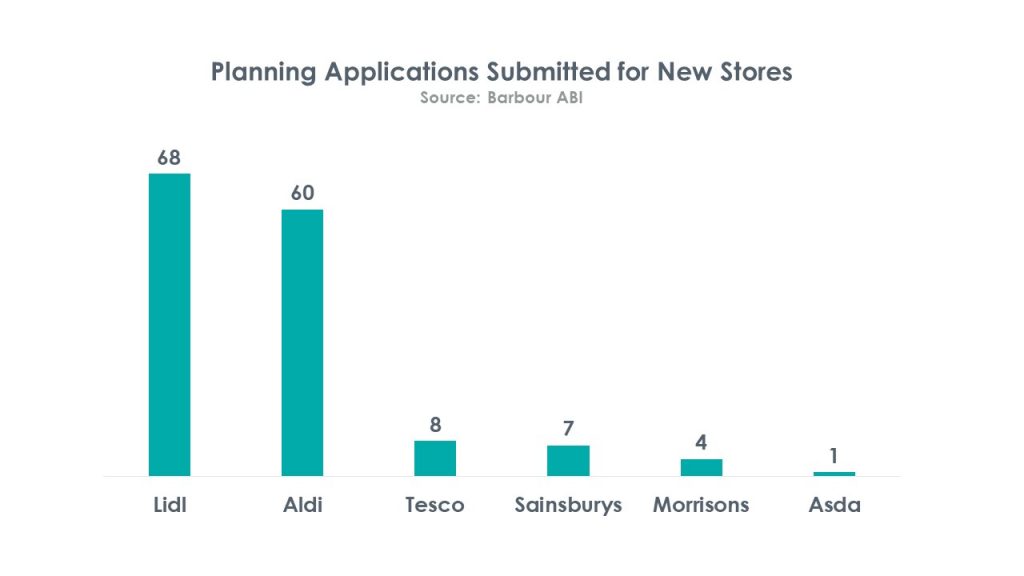Share this post
Groceries and Capitalism
March, 2018
In 1798, Thomas Malthus predicted that population growth would outstrip food production leading to declines in the quality of life. If Malthus was lucky enough to read our Tacit Thoughts, perhaps he would have understood the futility of making forecasts about complex systems with lots of moving parts. The ‘complex system’ is planet earth and the ‘moving parts’ are humans and technological improvement.
What happened over the last 200 years was the exact opposite of Malthus’ forecast – world population growth rates peaked in the 1970s and then declined because of more widespread use of contraception, cultural shifts towards smaller families and technological advancement i.e. machines taking over child labour. Food production also increased because of fertilisers, pesticides and development of disease resistant crops.
Today, food is not only abundant but actually in a deflationary environment. Over the last 2 years, food prices in the USA and UK have steadily declined and discount supermarkets such as Aldi and Lidl have gained market share. In 2017, Aldi and Lidl applied to build a combined 128 new stores whereas Tesco, Sainsburys, Morrisons and Asda have applied for a combined 20 new stores. Most of the new Aldi and Lidl openings will be convenience stores. The discounters are trying to tap into the growing trend of more frequent trips to local convenience stores.

At a first glance, the growth of discounters may be a sign of a weaker economy. After all, consumers flocking to discounters may be indicative of a squeeze in incomes and consumer confidence. While consumer confidence has indeed fallen post-Brexit, traditional supermarkets have seen decreasing margins and same store sales even before Brexit.
The most likely reason why the discounters are expanding even during economic uncertainty is good old-fashioned capitalism. Supermarkets have tight margins and large fixed costs. In a competitive market, if one supermarket maintains high prices, it doesn’t take a long time for the consumer to find a cheaper alternative. The supermarkets are then forced to reduce prices to keep market share, margins are squeezed and the discounters which have low fixed cost come out on top.
A similar trend can be observed across the pond in the United States. Food price deflation is occurring at a time of economic expansion, which has never happened before. The companies that have weathered this environment are Target and Walmart. They both have a loss leader approach i.e. sell some groceries at steep discounts to attract customers then hope the customer throws in more items into their cart on the way out. Amazon has also entered the fold with its purchase of Whole Foods adding extra deflationary pressures on food prices.
The expansion of discounters like Aldi and Lidl, loss leader strategies of Walmart and Target and the entrance of Amazon into food retail has changed the competitive landscape of the industry. Grocery stores are typically classed as defensive companies because customers flock in to buy meat, dairy and bread come rain or shine. While this still holds true, the stores they choose to get these products from have certainly changed.
We are not going to ‘do a Malthus’ and forecast which discounter will win. However, it is clear to see that the losers will be the companies that can’t compete on price and in investing, avoiding the losers is just as important as picking the winners.
